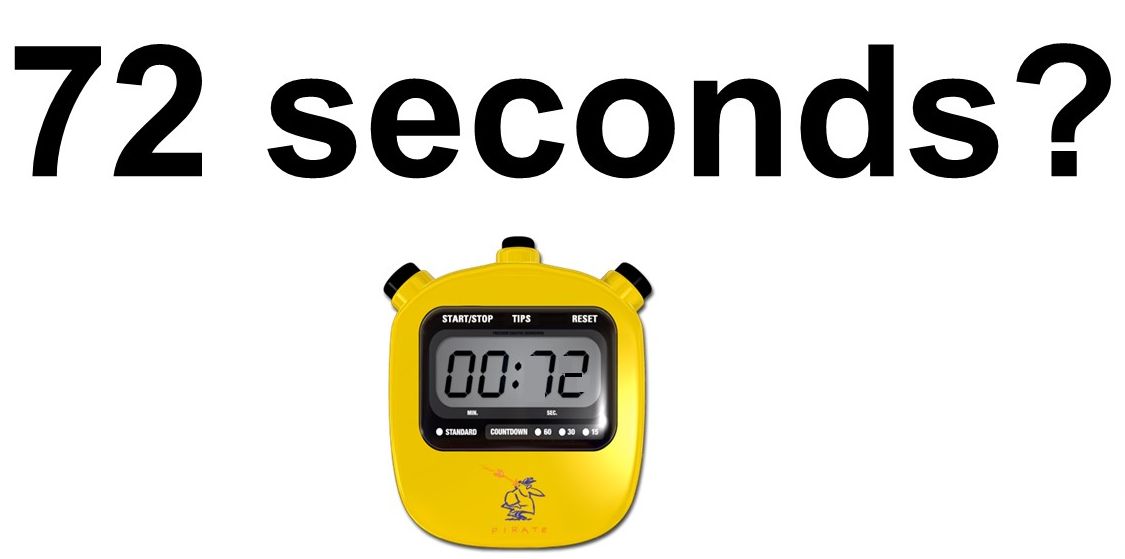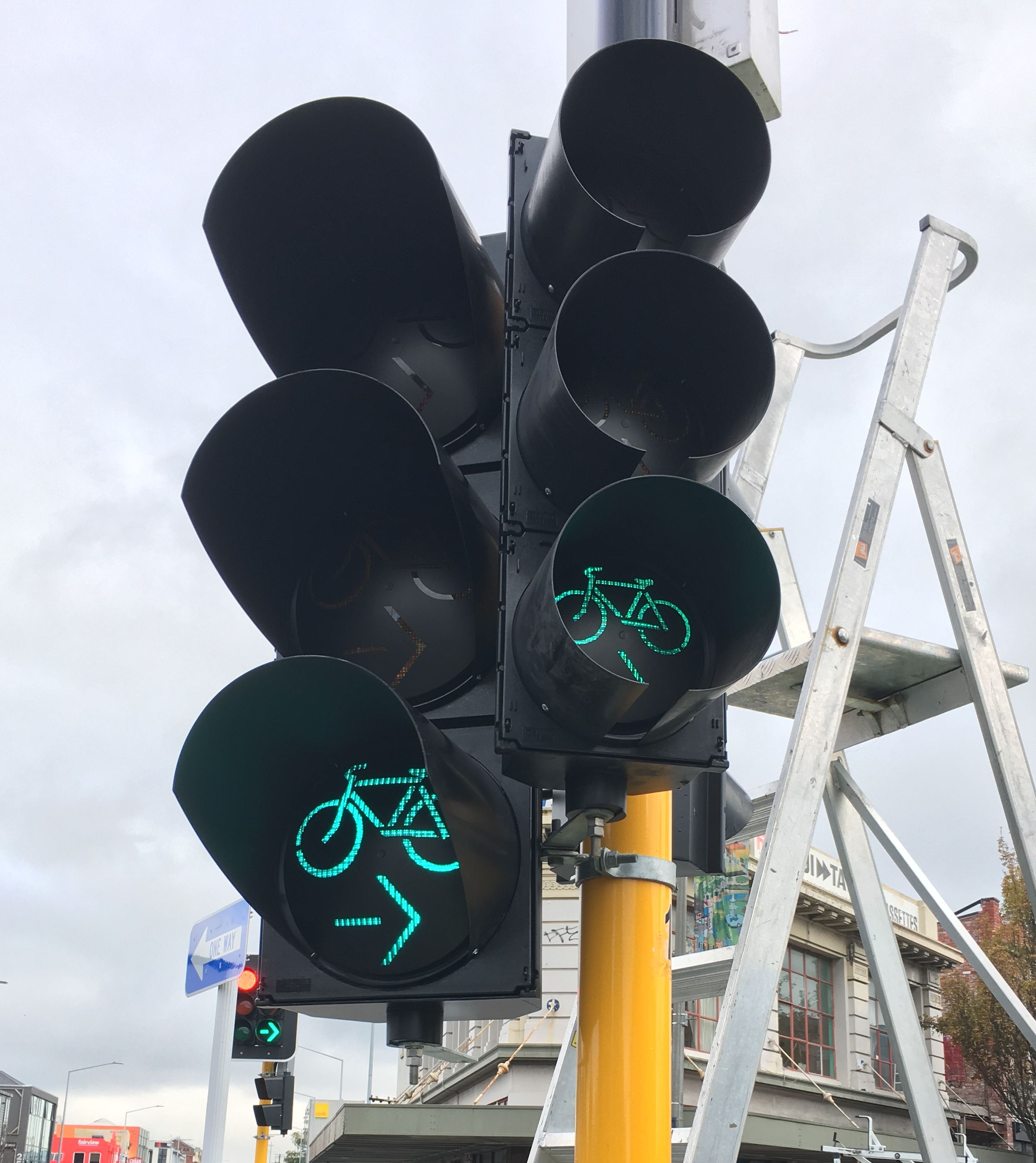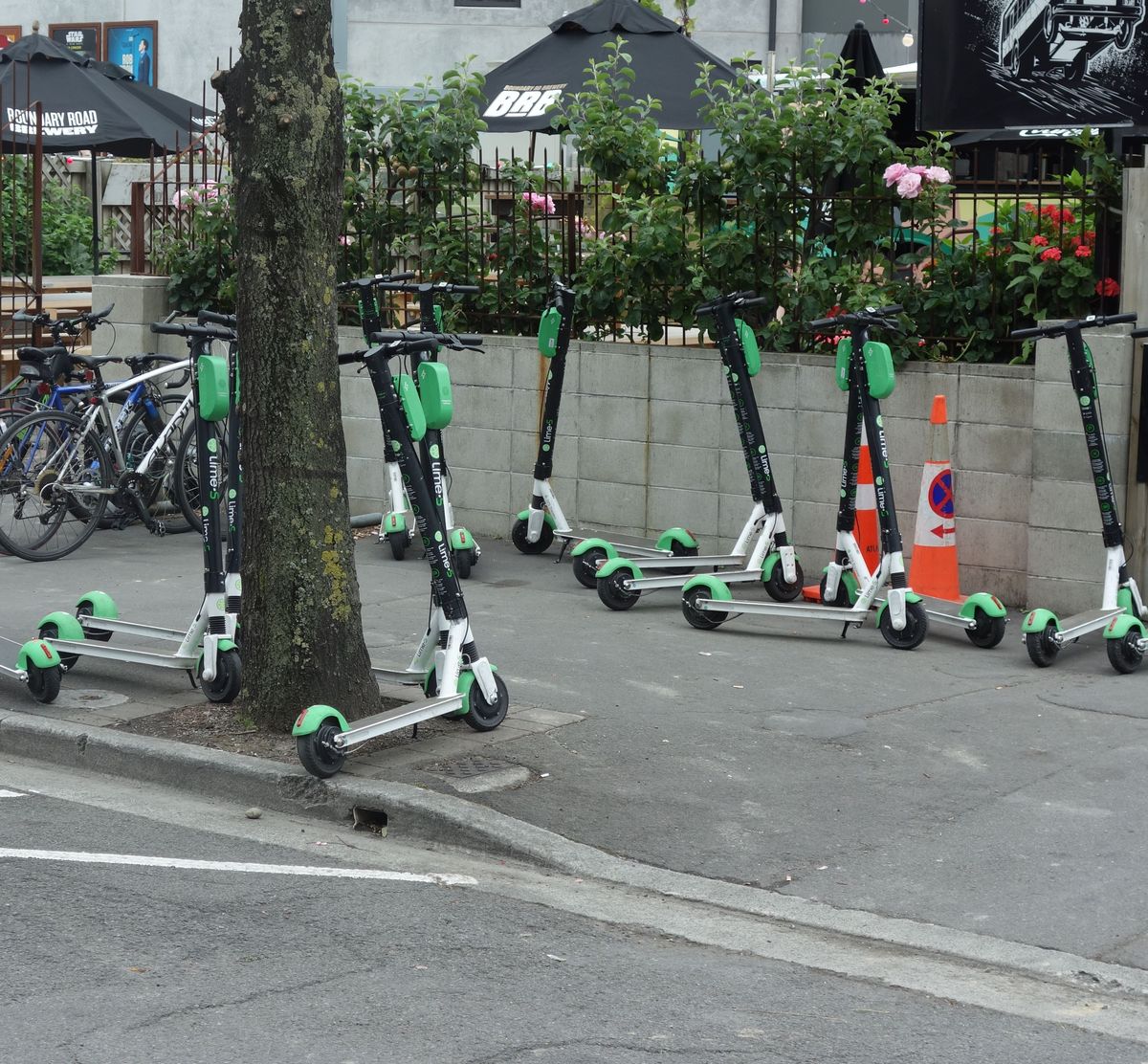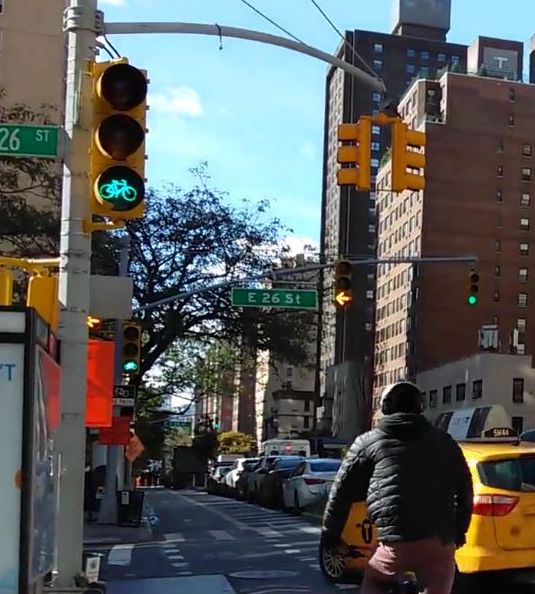 With a new government pushing a greater emphasis on road safety, attention is increasing on the role that speed plays in our safety record. For both urban and rural settings, there has been a growing clamour by some elected officials, safety advocates, and the general public for greater use of lower speed limits. Yet, at the same time such changes remain polarising, with other people sceptical of their effect on safety and wary about their impact on network efficiency. The relatively cumbersome process of changing existing speed limits has also been cited as a hurdle to implementing fast change.
With a new government pushing a greater emphasis on road safety, attention is increasing on the role that speed plays in our safety record. For both urban and rural settings, there has been a growing clamour by some elected officials, safety advocates, and the general public for greater use of lower speed limits. Yet, at the same time such changes remain polarising, with other people sceptical of their effect on safety and wary about their impact on network efficiency. The relatively cumbersome process of changing existing speed limits has also been cited as a hurdle to implementing fast change.
This paper was runner-up to the best research paper at the 2019 NZ Transportation Conference.

 This article describes the development of key policy recommendations for increasing active transport in New Zealand. The goal was to establish a cohesive set of priority recommendations to inform active transport decision-making in central and local government, district health boards, public health units and regional sports trusts in New Zealand. This cross-sector effort resulted in a report with a set of recommendations designed to stimulate the development of a new active transport strategy for New Zealand; prompt setting of targets and monitoring progress/outcomes; and inform New Zealand’s response to the World Health Organisation’s Global Action Plan on Physical Activity 2018–2030.
This article describes the development of key policy recommendations for increasing active transport in New Zealand. The goal was to establish a cohesive set of priority recommendations to inform active transport decision-making in central and local government, district health boards, public health units and regional sports trusts in New Zealand. This cross-sector effort resulted in a report with a set of recommendations designed to stimulate the development of a new active transport strategy for New Zealand; prompt setting of targets and monitoring progress/outcomes; and inform New Zealand’s response to the World Health Organisation’s Global Action Plan on Physical Activity 2018–2030. Christchurch City Council and Auckland Transport commissioned ViaStrada to conduct an official traffic control device
Christchurch City Council and Auckland Transport commissioned ViaStrada to conduct an official traffic control device  With a new government pushing a greater emphasis on road safety, attention is increasing on the role that speed plays in our safety record. For both urban and rural settings, there has been a growing clamour by some elected officials, safety advocates, and the general public for greater use of lower speed limits. Yet, at the same time such changes remain polarising, with other people sceptical of their effect on safety and wary about their impact on network efficiency. The relatively cumbersome process of changing existing speed limits has also been cited as a hurdle to implementing fast change.
With a new government pushing a greater emphasis on road safety, attention is increasing on the role that speed plays in our safety record. For both urban and rural settings, there has been a growing clamour by some elected officials, safety advocates, and the general public for greater use of lower speed limits. Yet, at the same time such changes remain polarising, with other people sceptical of their effect on safety and wary about their impact on network efficiency. The relatively cumbersome process of changing existing speed limits has also been cited as a hurdle to implementing fast change. John Lieswyn chaired a panel discussion on micro-mobility. There were eight panellists representing a variety of groups, interests, and companies.
John Lieswyn chaired a panel discussion on micro-mobility. There were eight panellists representing a variety of groups, interests, and companies. John Lieswyn presented on this topic at the Active Living and Environment Symposium (Dunedin, Feb 2019). The most important finding is that the school travel plan (STP) process itself can be the seed of a more productive collaboration between council staff, school administrators, board members, and parents. There is an opportunity to tie the development of an STP to road safety and infrastructure funding.
John Lieswyn presented on this topic at the Active Living and Environment Symposium (Dunedin, Feb 2019). The most important finding is that the school travel plan (STP) process itself can be the seed of a more productive collaboration between council staff, school administrators, board members, and parents. There is an opportunity to tie the development of an STP to road safety and infrastructure funding. Megan and Axel presented at the 2018 SNUG Workshop on how traffic signals are operated when a separated cycleway is present. Currently, transport legislation implies that full separation in time is to be used, and when cycleway users see a green light turning drivers must be held on a red arrow. This is an inefficient way of operating intersections. More importantly, based on overseas evidence, this is likely to have poorer safety outcomes than allowing filter turning, at least up to certain turning volume thresholds.
Megan and Axel presented at the 2018 SNUG Workshop on how traffic signals are operated when a separated cycleway is present. Currently, transport legislation implies that full separation in time is to be used, and when cycleway users see a green light turning drivers must be held on a red arrow. This is an inefficient way of operating intersections. More importantly, based on overseas evidence, this is likely to have poorer safety outcomes than allowing filter turning, at least up to certain turning volume thresholds.